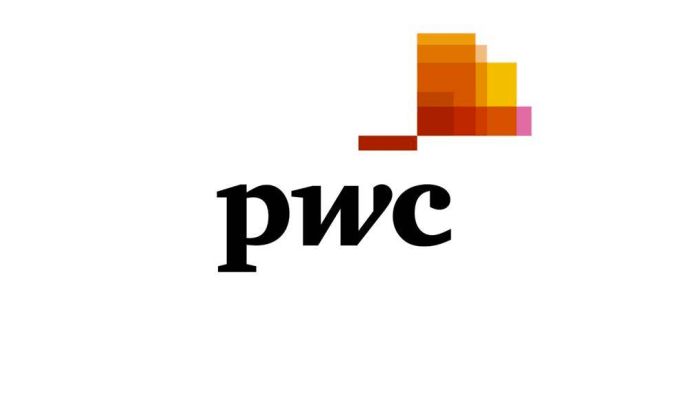Regulators have long sought to eradicate conflicts of interest within the index industry, particularly following the LIBOR scandals which came to light a decade ago.
Indeed, it is the primary objective of benchmark regulations around the world and is the cornerstone of the IOSCO Principles for Financial Benchmarks when they were first issued in 2013. It is easy to see why given the revelations at the time about the collusion in LIBOR rate fixing.
In more recent times, with the exponential growth in assets tracking ETFs, together with increased grass-roots investor interest and sophistication (e.g. in sustainable investments), regulators are continually reviewing this important sector with the potential for new or higher levels of oversight and scrutiny.
A particular focus area, with the potential for conflicts of interest to emerge, relates to so-called, “self-indexing”. This is the production, as well as use, of an index or benchmark within the same corporate group – a phenomenon which has been around for nigh on a decade.
Self-indexing can arise in a number of ways – for example where banks write derivative contracts which reference their own proprietary benchmarks – but it is most prevalent within the asset management community given price pressures amid the massive growth of passive investing via ETFs.
Global assets under management (AUM) in ETFs have almost tripled from $3.4trn in 2016 to over $10trn in November 2021[1], with more than half of the executives in a recent PwC ETF survey believing that global ETF AUM will reach at least $18trn by 2026[2].
As recently as the summer of 2022 there was a flurry of regulatory interest in the benchmarks sector, starting with the European Commission’s consultation on the EU Benchmarks Regulation’s third-country regime, to a potentially seismic SEC public consultation challenging whether index providers act as investment advisors. More recently IOSCO’s “Committee 5”, which is responsible for the investment management sector, has now also tangentially touched on the topic in a new survey.
Benefits of self-indexing
Self-indexing presents two primary benefits to investors. Firstly, it can drive down cost. By moving index production in-house, issuers can avoid paying licensing fees to external index providers by leveraging their own infrastructure and experience. This can generate significant cost savings which, in turn, can be passed on to investors through lower ETF charges.
Secondly, by producing indices in-house, this provides issuers greater flexibility and power in setting the strategy, objectives and customisation of indices which can be tailored to meet increasingly disparate and unique aims of their own set of investors. Something which has historically been tricky for independent index providers, though with developments in mass customisation and direct indexing this advantage has started to erode.
Why might supervisors have concerns?
The primary tenet of any index provider is independence. Where an index provider sits within a corporate group that includes its own customer, this can present a conflict of interest - particularly where the indices are licensed to both internal and external customers at the same time.
Theoretically, there could be an incentive or pressure for the index provider to alter its benchmarks to inappropriately benefit the performance of the ETF issued by colleagues in the other department. The logic is rooted in the LIBOR scandal where banks traded based on manipulated benchmark information, shared amongst colleagues across departments, to artificially improve their performance.
Confidentiality too is a key risk and a lack of information barriers within the business, and even across IT functions could create the potential for inside information to be leaked from index to investment departments. This would be particularly dangerous during rebalancing periods when securities are entering or leaving indices.
Furthermore, depending on the nature of the ETF charges, there could be an incentive for the self-indexer to include constituent securities that are more appealing in a secondary securities lending market, which could result in additional revenue to the investment teams referencing the index.
Finally, the potential for converging reporting lines and conflicting priorities of line management could conceivably manifest as a conflict of interest. Consider a scenario where the two departments are competing for finite resources, or where the reporting line of the index provider routes through the investment department which is, technically, the customer. Can the index department truly say ‘no’, if needed, when given a direct instruction?
What are the current rules?
The IOSCO Principles for Financial Benchmarks have been the global hallmark for the index industry for almost a decade and explicitly state their objective is to “address conflicts of interest in the benchmark-setting process”.
Firms must be able to demonstrate segregation of reporting lines within the administrator, as well as “include measures to avoid, mitigate or disclose conflicts of interest that may exist between its Benchmark determination business (including all staff who perform or otherwise participate in Benchmark production responsibilities), and any other business of the administrator or any of its affiliates”.
In recent years, regulated entities within Europe are required to ensure the indices they use are compliant with EU/UK Benchmark Regulation (BMR), which explicitly mandate that ‘provision of a benchmark shall be operationally separated from any part of an administrator's business that may create an actual or potential conflict of interest"[3].
There are those in the market who mitigate these conflicts as effectively as possible with clear, system-enforced information barriers and segregated reporting lines only converging at C-suite level for instance. There are also those that many may argue, do not. Most are somewhere in between.
What’s next?
As already mentioned, the SEC recently dipped its toes in the water by exploring whether the potential conflicts were so great and unavoidable, even for standalone index providers, that the sector should actually be regulated as investment advisors and be done with it. This arguably flies in the face of IOSCO’s founding principle of independence and the reaction from the index industry was loud and clear. While there has been no further movement so far in this particular direction, there are those in the SEC who will be watching the industry closely as they consider the most appropriate next move.
Despite this, there appears to be a growing concern that index providers have hitherto enjoyed an element of carte blanche despite their systemic importance to financial markets. Recent crises, such as COVID-19 and the Russian conflict with Ukraine have once again demonstrated the critical importance of index providers as they react to events and market demand. The SEC’s consultation, BMR’s requirement to all but eradicate discretion, and now the IOSCO survey all lend some credibility to potential renewed focus on the sector.
Conclusion
Conflict of interest concerns with indexing are nothing new. However as self-indexing, amongst other things, becomes increasingly popular, it is imperative that firms adopt appropriate controls and safeguards - and be seen to do so.
Many organisations self-report their compliance with BMR or even the IOSCO Principles, others voluntarily call in independent auditors to annually check they are walking their walk, as well as talking their talk. Will that still be enough in the future? Only time will tell.
Gregory Campbell (pictured right) is partner and William Zurawel (pictured left) is senior manager at PwC
[1] https://financialintelligence.informa.com/resources/product-content/press-release-epfr-data-reports-total-global-etf-assets-exceed-10-trillion[2] https://www.pwc.com/gx/en/financial-services/publications/assets/ETF_2026_PwC.pdf[3] Title II, Chapter 1, Article 4 - https://eur-lex.europa.eu/legal-content/EN/TXT/PDF/uri=CELEX:32016R1011
Related articles



